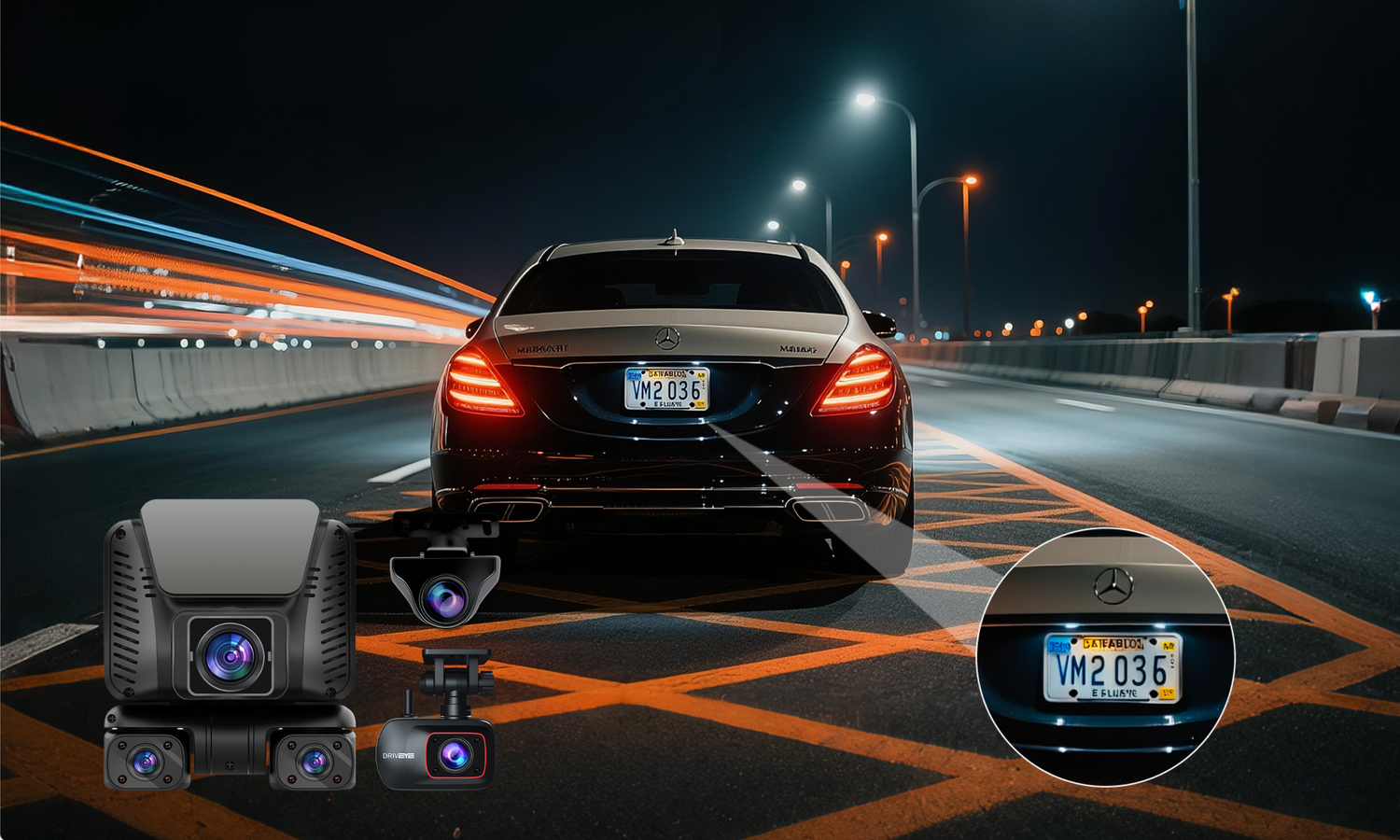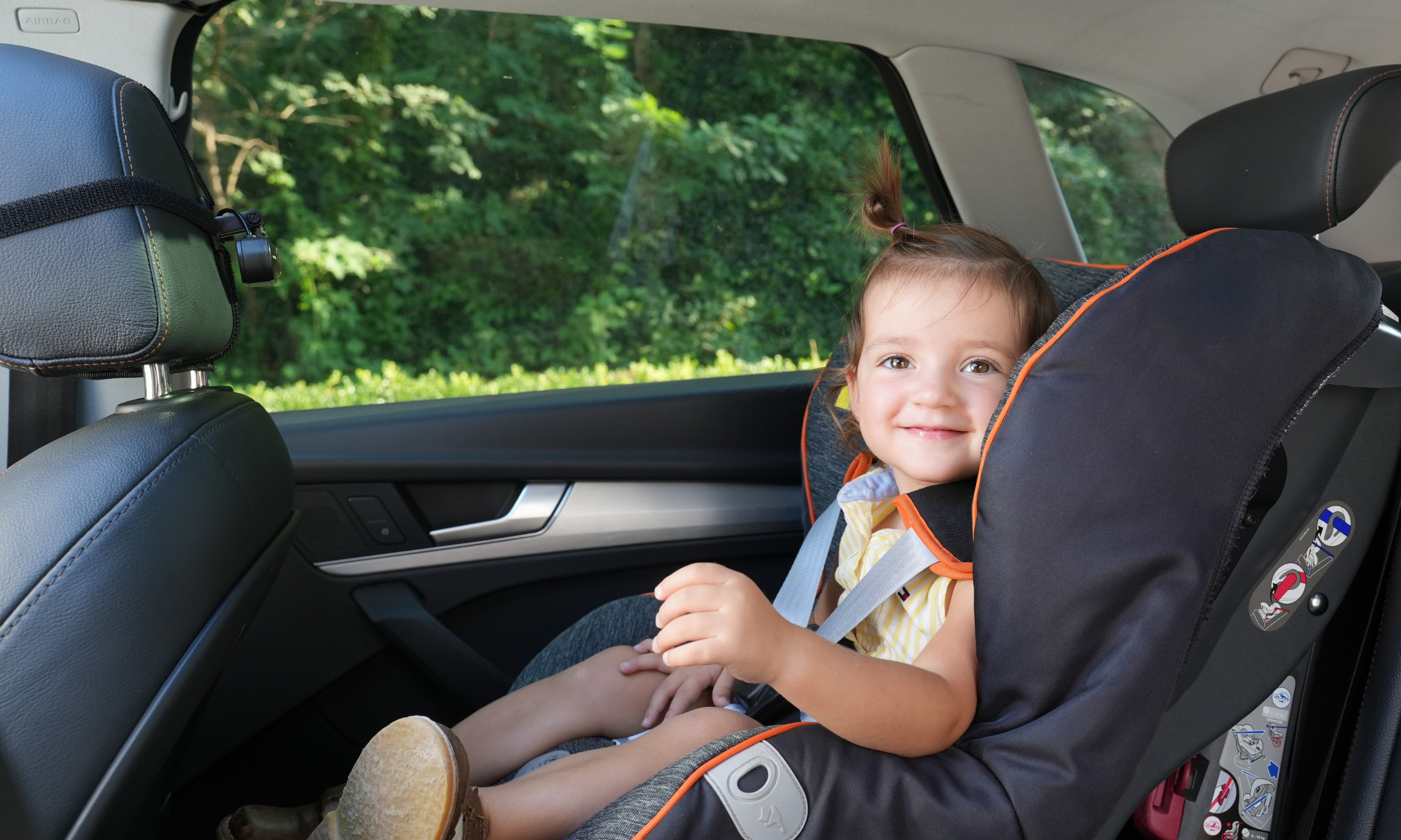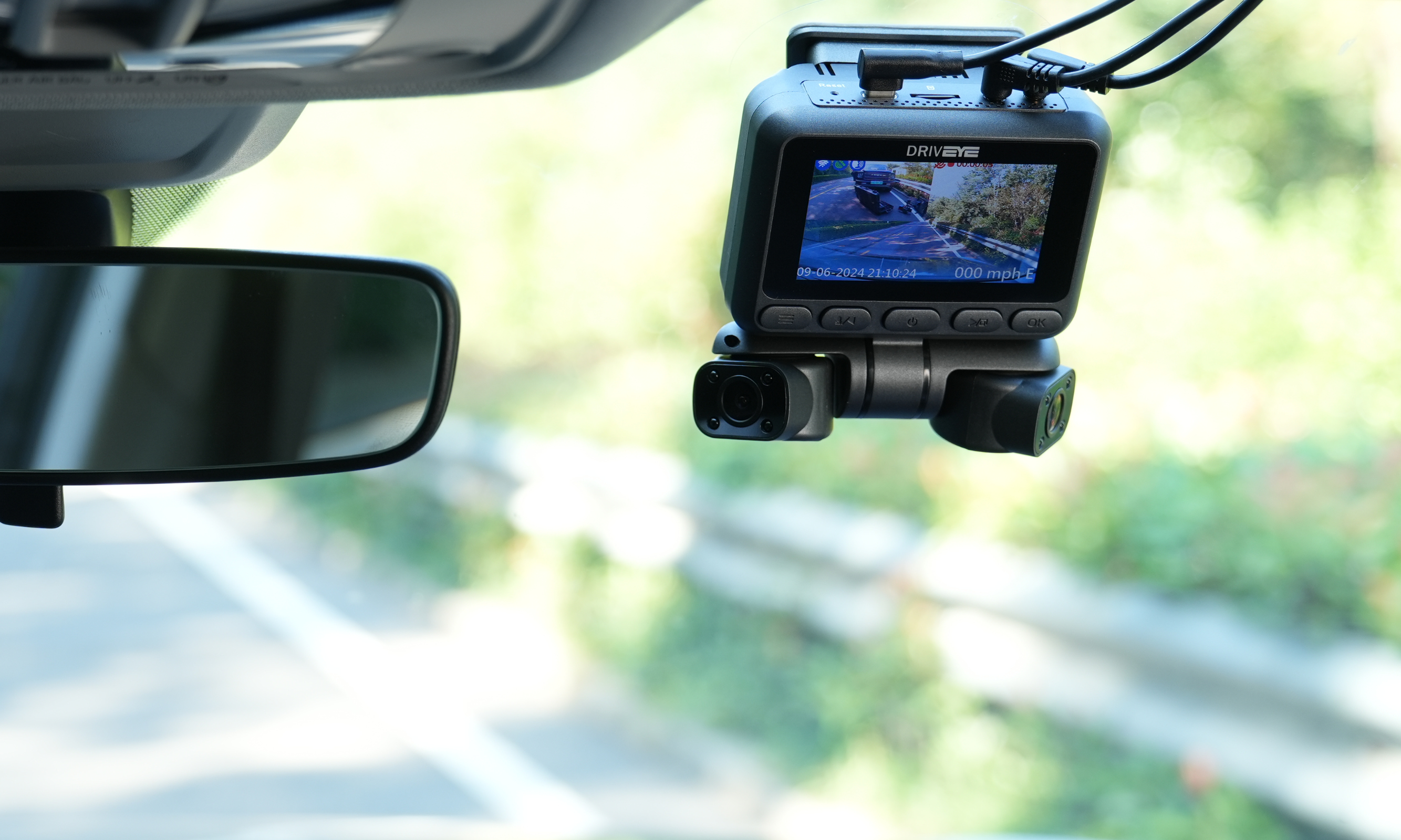When it comes to dash cam performance, especially in challenging lighting conditions, image processing technology plays a crucial role in capturing clear and reliable footage. One of the most important features in modern dash cams is Wide Dynamic Range (WDR)—a technology that drastically improves visibility in both bright and dark areas of a scene.
So how does WDR compare to standard imaging? And is it really worth it for your dash cam setup? In this post, we break down the differences and explain why WDR is a must-have for any driver who values visual clarity and reliable evidence.
What Is WDR (Wide Dynamic Range)?
WDR is an advanced image processing technique that allows a camera to handle scenes with high contrast lighting—for example, a brightly lit sky and a shadowy street at the same time.
It works by:
- Capturing multiple frames at different exposures (bright and dark)
- Merging them into a single balanced image
- Ensuring details are visible in both the highlights and shadows
WDR is especially helpful when you're driving in:
- Bright sunlight with shadows under trees
- Tunnels and underpasses
- Facing oncoming headlights at night
- Sunset or sunrise glare
- City lights mixed with dark side streets
What Is Standard Image Technology?
Most standard dash cams without WDR use fixed exposure or auto exposure, which adjusts brightness based on the dominant light source in the scene. This can cause issues like:
- Overexposed skies with washed-out details
- Underexposed shadows where important information is lost
- Glare from headlights making it hard to see license plates
- Sudden brightness shifts during turns or lane changes
While these cameras may work fine in ideal lighting, they often struggle in real-world, mixed-light conditions.
WDR vs. Standard: Real-World Benefits
Let’s look at how WDR improves dash cam performance:
1. Better Visibility of License Plates
At night or in backlight situations, standard cams may struggle to capture plates clearly. WDR balances contrast so license numbers remain readable even under glare.
2. Safer Night Driving Recordings
WDR reduces harsh contrasts between dark roads and streetlights or headlights, making nighttime footage smoother and more usable.
3. Reduced Image Washout or Darkness
No more “blinding white” windows or “pitch black” shadows—WDR helps retain true-to-life visuals.
4. Better Evidence in Case of Accidents
Footage recorded with WDR is more likely to show both vehicle details and environmental context, making it a stronger legal asset.
Does DRIVEYE Use WDR?
Yes! All premium DRIVEYE dash cams, including the flagship D9-5CH, feature advanced WDR image processing on all key lenses (front, rear, baby, and interior). This means:
- Crisper day and night footage
- Improved motion detail in harsh lighting
- Balanced video even when driving in and out of tunnels or garages
In real-world driving, light conditions change constantly—and your dash cam needs to keep up. WDR ensures you don’t miss crucial details, whether it’s a license plate in the dark or a fast-moving object in bright light.
While standard image tech may be fine for casual daytime use, WDR offers the reliability, clarity, and evidence quality you need for true driving protection.
Don’t just record. Record clearly.
Drive Worry-Free with DRIVEYE.
Click on the right to learn about our latest product: DRIVEYE D9 5-Channel Dash Cam - giving you 360° protection without blind spots





Leave a comment
This site is protected by hCaptcha and the hCaptcha Privacy Policy and Terms of Service apply.